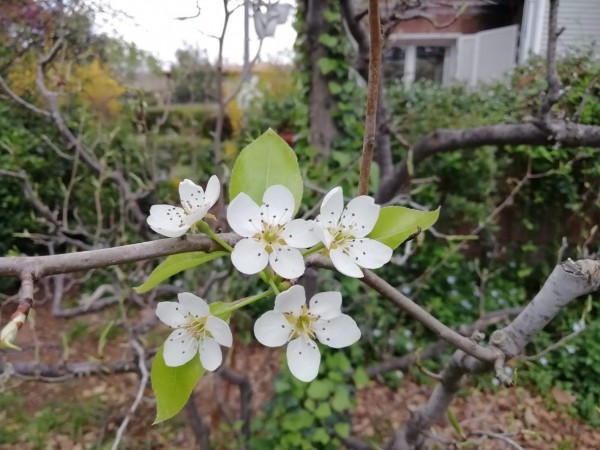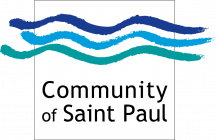
The title of this article is a question that not only Mary Magdalene who came to anoint Jesus’ body on Sunday morning asked herself (John 20:1-9), but it is also a question that is in our minds right now. When public masses where suspended in many dioceses around the globe, many people ask themselves what are we going to do if we cannot receive communion? And after celebrating the mass with an empty church some of my friend priests were explaining how it was indeed a staggering experience. The actual situation of the Church in times of the COVID-19 is affecting everyone in our parishes. With no public masses, both priests and laity are struggling to find ways to continue feeding their faith. No doubt the measures taken have seriously affected the spiritual needs of numerous people. But if during the pandemic you only worry about how to deal with the quarantine without the Eucharist and with empty churches, consider yourself lucky. The quarantine is making numerous people ask themselves not only how to satisfy their sacramental needs, but also what they are going to do without the bread and with empty stomachs. Entire families that depended on their daily work to survive are now in dire need because they cannot go out to work. My intention is not to create a dichotomy between the sacramental and the physical needs. Both are essential for people of faith. But the present situation and the readings for Easter Sunday have made me reflect how the absence of the body described in the resurrection narrative can take a special meaning, especially for those who are now suffering hunger because of the pandemic.
When all this started, I saw many creative ways in which pastors and parish staffs reached out to parishioners. Social media and streaming services became useful to ensure that parishioners felt connected to the celebrations and that their spiritual life was being taken care. I have also seen many efforts by religious and non-religious groups to ensure that people do not go hungry during the pandemic. Parishioners and priests who I personally know have organized themselves to deliver bags of food for those whose daily income has been affected by the pandemic. But even after COVID-19 there will be people who ask this question every day: what am I going to do without bread and with an empty stomach? I believe this current situation has shown we can be ready to act and help to provide. The Church has shown that during the pandemic, it can provide for both the spiritual and the physical needs of those in need.
After the crucifixion, when she saw that there was no body but an empty tomb, Mary Magdalene run to Peter and the other disciple thinking the worst: the body is gone forever, and they will never find it. A reasonable deduction when all hope is gone. We are invited during this time to continue hoping and believing, that after the pandemic, we will continue to receive the Body of Christ. The reaction of Mary Magdalene is the reaction of someone who longs to see Jesus again; a reaction many of us may also have now in a moment of spiritual hunger. As some of us share with her our hunger for the Lord, let us not forget, while we wait for him with hope, to satisfy the hunger of those who lack bread now because of COVID-19. Let us not forget that “the joys and the hopes, the griefs and the anxieties of the people of this age, especially those who are poor or in any way afflicted, these are the joys and hopes, the griefs and anxieties of the followers of Christ” (GS1).









